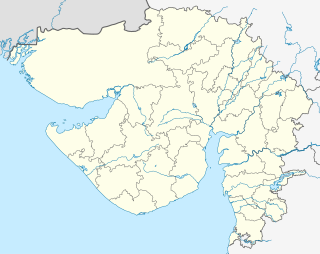
The Dutch West India Company or WICDutch pronunciation:[ʋɛstˈɪndisəkɔmpɑˈɲi] was a chartered company of Dutch merchants as well as foreign investors, formally known as GWC. Among its founders were Reynier Pauw, Willem Usselincx (1567–1647) and Jessé de Forest (1576–1624). On 3 June 1621, it was granted a charter for a trade monopoly in the Dutch West Indies by the Republic of the Seven United Netherlands and given jurisdiction over Dutch participation in the Atlantic slave trade, Brazil, the Caribbean, and North America.

The United East India Company and commonly known as the Dutch East India Company, was a chartered trading company and the first joint-stock company in the world. Established on 20 March 1602 by the States General of the Netherlands existing companies, it was granted a 21-year monopoly to carry out trade activities in Asia. Shares in the company could be bought by any resident of the United Provinces and then subsequently bought and sold in open-air secondary markets. The company possessed quasi-governmental powers, including the ability to wage war, imprison and execute convicts, negotiate treaties, strike its own coins, and establish colonies. Also, because it traded across multiple colonies and countries from both the East and the West, the VOC is sometimes considered to have been the world's first multinational corporation.

Simon van der Stel was the first Governor of the Dutch Cape Colony (1691), the settlement at the Cape of Good Hope. He was interested in botany, establishing vineyards Groot and Klein Constantia, and producing a famous dessert wine. He is considered one of the founders of South African viticulture.
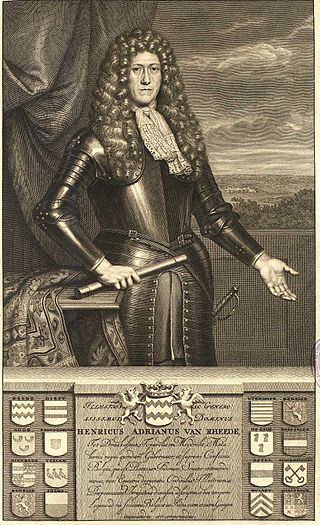
Hendrik Adriaan van Rheede tot Drakenstein was a military man and a colonial administrator of the Dutch East India Company and naturalist.

Bengal was a directorate of the Dutch East India Company in Mughal Bengal between 1610 until the company's liquidation in 1800. It then became a colony of the Kingdom of the Netherlands until 1825, when it was relinquished to the British according to the Anglo-Dutch Treaty of 1824. Dutch presence in the region started by the establishment of a trading post at Pipili in the mouth of Subarnarekha River in Odisha. The former colony is part of what is today called Dutch India. Bengal was the source of 50% of the textiles and 80% of the raw silk imported from Asia by the Dutch.

Dutch India consisted of the settlements and trading posts of the Dutch East India Company on the Indian subcontinent. It is only used as a geographical definition, as there was never a political authority ruling all Dutch India. Instead, Dutch India was divided into the governorates Dutch Ceylon and Dutch Coromandel, the commandment Dutch Malabar, and the directorates Dutch Bengal and Dutch Suratte.

Hubert Hugo served as a merchant for the Dutch East India Company (VOC) from 1640 to 1654 in Gujarat. He later turned to privateering or piracy in the Arabian Sea and the Gulf of Aden around 1662. In 1664, he was acquitted by the States of Holland and returned to the service of the VOC. He served as commander of Mauritius until 1677. In 1674 he became one of the last people to document the presence of the dodo on Mauritius.

VOC opperhoofden in Japan were the chief traders of the Dutch East India Company in Japan during the period of the Tokugawa shogunate, also known as the Edo period.

The Dutch Empire is a term comprising different territories that were controlled by the Netherlands from the 17th to 20th centuries. They settled outside Europe with skills in trade and transport. In the late 16th century, the Netherlands reclaimed their lead at sea, and by the second half of the 17th century, dominated it. This hundred-year period is called the Dutch Golden Age. The Dutch built their empire with corporate colonialism by establishing the Dutch East India Company (VOC) and the Dutch West India Company (GWC), following Britain's footsteps, which led to war between both empires. After the French Revolutionary Wars, the Netherlands lost most of its power to the British after the French armies invaded the Netherlands and parts of the Dutch colonies. Hence, Dutch leaders had to defend their colonies and homeland. Between 1795 and 1814, the French restored the VOC in Indonesia and Suriname which remained under Dutch control.

Pieter van den Broecke was a Dutch cloth merchant in the service of the Dutch East India Company (VOC), and one of the first Dutchmen to taste coffee. He also went to Angola three times. He was one of the first Europeans to describe societies in West and Central Africa and in detail trade strategies along the African coast.

Hendrick or Henricus Zwaardecroon was Governor-General of the Dutch East Indies from 1718 until 1725.
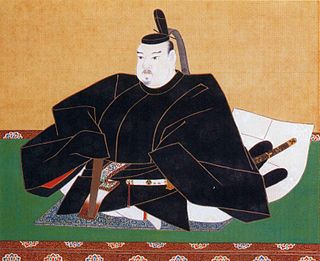
Willem Verstegen was a merchant in service of the Dutch East India Company and chief trader of factory in Dejima.

Dutch Malabar also known by the name of its main settlement Cochin, were a collection of settlements and trading factories of the Dutch East India Company on the Malabar Coast between 1661 and 1795, and was a subdivision of what was collectively referred to as Dutch India. Dutch presence in the Malabar region started with the capture of Portuguese Quilon, expanded with the Conquest of Malabar (1658-1663), and ended with the conquest of Malabar by the British in 1795. They possessed military outposts in 11 locations: Alleppey, Ayacotta, Chendamangalam, Pappinivattom, Ponnani, Pallipuram, Cranganore, Chetwai, Cannanore, Cochin, and Quilon.

Coromandel was a governorate of the Dutch East India Company on the coasts of the Coromandel region from 1610, until the company's liquidation in 1798. Dutch presence in the region began with the capture of Pulicat from the Portuguese in Goa and Bombay-Bassein. Coromandel remained a colony of the Kingdom of the Netherlands until 1825, when it was relinquished to the British according to the Anglo-Dutch Treaty of 1824. It was part of what is today called Dutch India.
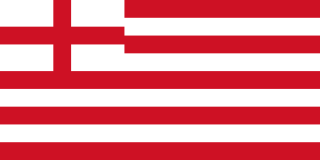
Bantam Presidency was a presidency established by the British East India Company and based at the Company factory at Bantam in Java. Founded in 1617, the Presidency exercised its authority over all the Company factories in India, including the agencies of Madras, Masulipatnam and Surat. The factors at Bantam were instrumental in founding the colony of Madraspatnam in 1639 with the Fort St. George, which later grew into the modern city of Madras. The Presidency of Bantam was twice downgraded, first in 1630 before being restored in 1634 and for the second time in 1653, when owing to the hostility of Dutch traders, the Presidency was shifted to Madras.
Conrad Josef Gustaf van Albedyll was the last resident of Dutch Suratte between 1818 and 1825. He was an heir of the Albedyll family.
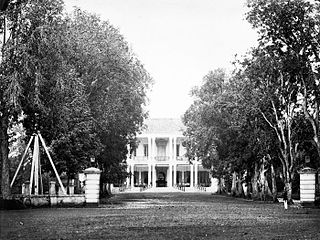
Semarang Residency was an administrative subdivision (Residency) of the Dutch East Indies located on the northern coast of Central Java and named after its capital city Semarang. It existed from 1818 to 1942, although its borders were changed many times during that period.
This article is a timeline of the city Surat in Gujarat For a more comprehensive overview of Surat's history, please see History of Surat.
The Oudgastenpartij was a political faction hostile to the reforms of the Commissioners-General of the Dutch East Indies and to the subsequent rule of governor-general Godert van der Capellen who were active in the first third of the 19th century in the colonial Dutch East Indies.

Hendrik Jan van de Graaff was a Dutch jurist who became a Raad van Indië in 1820, and was an ally of governor-general Godert van der Capellen, until he was recalled in 1826.




